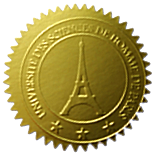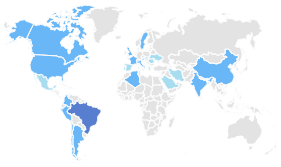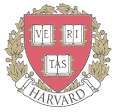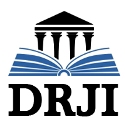Théorie Quantique de l'Espace-Temps: Principes Physiques et Philosophiques (Quantum Theory of Spacetime: Physical and Philosophical Principles)
Resumo
Cet article présente et discute, d'un point de vue épistémologique, une théorie quantique de l'espace-temps basée sur des principes formés à partir de la mathématique infinie appliquée à la philosophie naturelle, de la cosmologie et de la géométrie riemannienne. Une argumentation prudent montre qu'il n'y a aucune raison logique de supposer que la structure ultime de l'univers est discontinue, à partir du moment où l'on considère un univers en expansion. La relativité générale et la mécanique quantique sont évoquées en discutant des barrières qui entravent aujourd'hui une théorie de grande unification. Une brève explication de la géométrie de Lyra est faite sous l'application des fonctions de singularité dans le contexte de la théorie proposée. De plus, une appréciation de l'état actuel des investigations est faite, montrant le rôle de la théorie en cause dans le scénario de la recherche moderne.
Mots-clés : fonction de singularité, géométrie de Lyra, echelle de Planck, géométrie de Riemann, relativité générale, mécanique quantique.
======================================================================================================This article presents and discusses, from an epistemological point of view, a quantum theory of spacetime based on principles formed from infinite mathematics applied to natural philosophy, cosmology and Riemannian geometry. A cautious argument shows that there is no logical reason to assume that the ultimate structure of the universe is discontinuous from the moment we consider an expanding universe. General relativity and quantum mechanics are evoked by discussing the barriers that today hinder a theory of great unification. A brief explanation of Lyra's geometry is made under the application of singularity functions in the context of the proposed theory. In addition, an appreciation of the current state of the investigations is made, showing the role of the theory in question in the scenario of modern research.
Key words: singularity function, Lyra geometry, Planck scale, Riemann geometry, general relativity, quantum mechanics.
Texto completo:
PDFReferências
Butterfield, J., and Isham, C. 2000. “Spacetime and the Philosophical Challenge of Quantum Gravity.” In Physics Meets Philosophy at the Planck Scale, Cambridge University Press
Carnot, L. 1970 (reprint). Réflexions sur la Métaphysique du Calcul Infinitesimal. Albert Blanchard, Paris.
Lyra, G. 1951. “Über eine Modifikation der Riemannschen Geometrie.” Mathematische Zeitschrift 54 (1): 52-64.
Rovelli, C. 2006. The Disappearance of Space and Time, the Ontology of Spacetime, Philosophy of Physics. D. Dieks, (Ed.) Elsevier Science Publishing Co 25.
Rovelli, C. 2007. Quantum Gravity, Philosophy of Physics. J. Butterfield and J. Earman, (Ed.) Elsevier Science Publishing Co 1287.
Rovelli, C. 2007. “Beyond the Screen of Time.” Nature Physics 3.
Rovelli, C. 2011. “Zakopane Lectures on Loop Gravity.” arXiv: 1102.3660.
Rovelli, C. 2012. Et si Le Temps n'Existait Pas? Un Peu de Science Subversive. Dunod, Paris.
Serpa, N., 2016. “A New Approach on Quantum Gravity in Lyra Geometry.” Journal of Physical Science and Application 6: 1-7.
Shchigolev, V. 2013. “On Exact Cosmological Models of a Scalar Field in Lyra Geometry.” Universal Journal of Physics and Application 1(4): 408-413.
Apontamentos
- Não há apontamentos.
Direitos autorais 2017 CALIBRE - Revista Brasiliense de Engenharia e Física Aplicada
Indexadores, Diretórios, Bases de Dados e Registros (Abstracted and Indexed in):

CALIBRE - Revista Brasiliense de Engenharia e Física Aplicada
ISSN Eletrônico: 2526-4192































